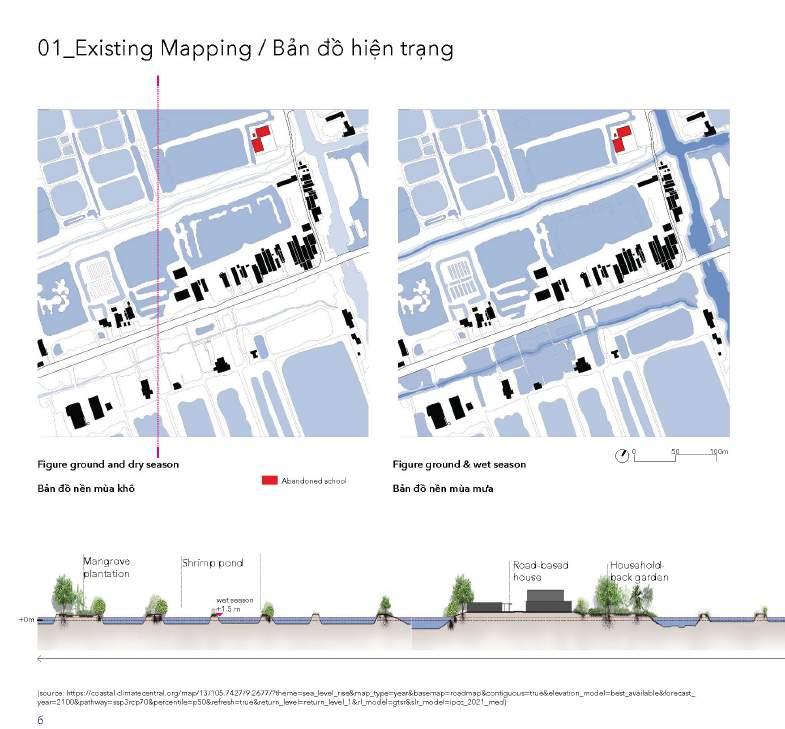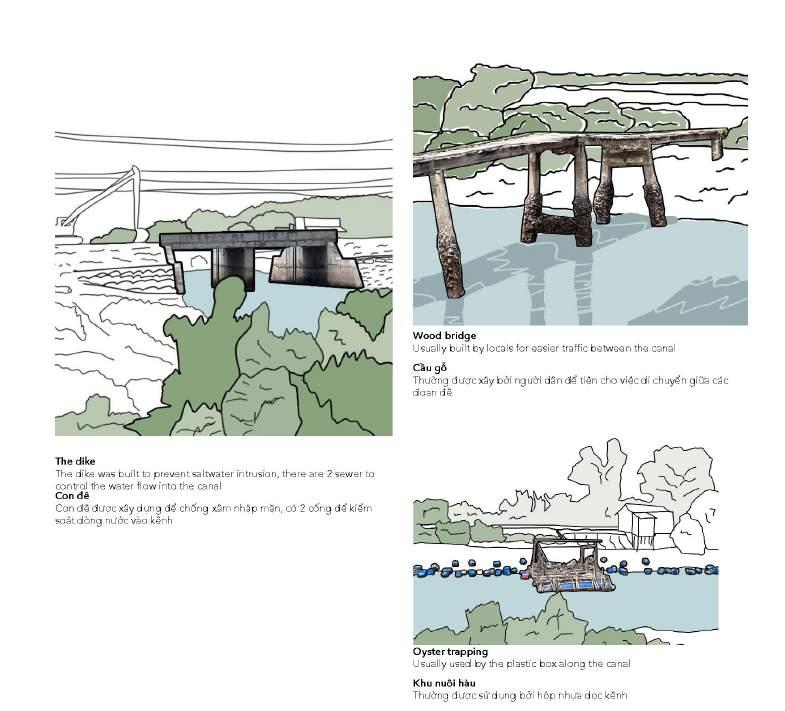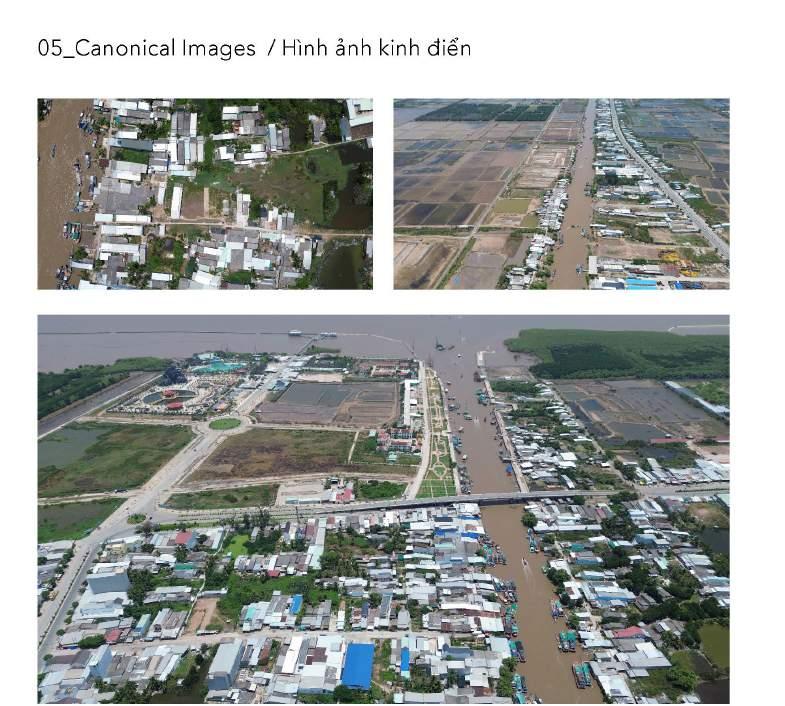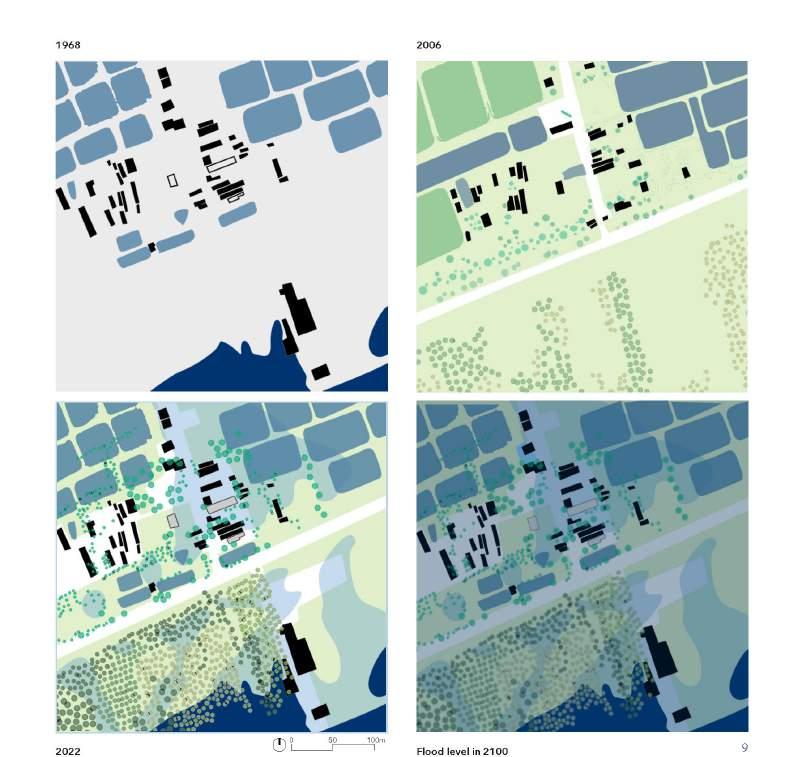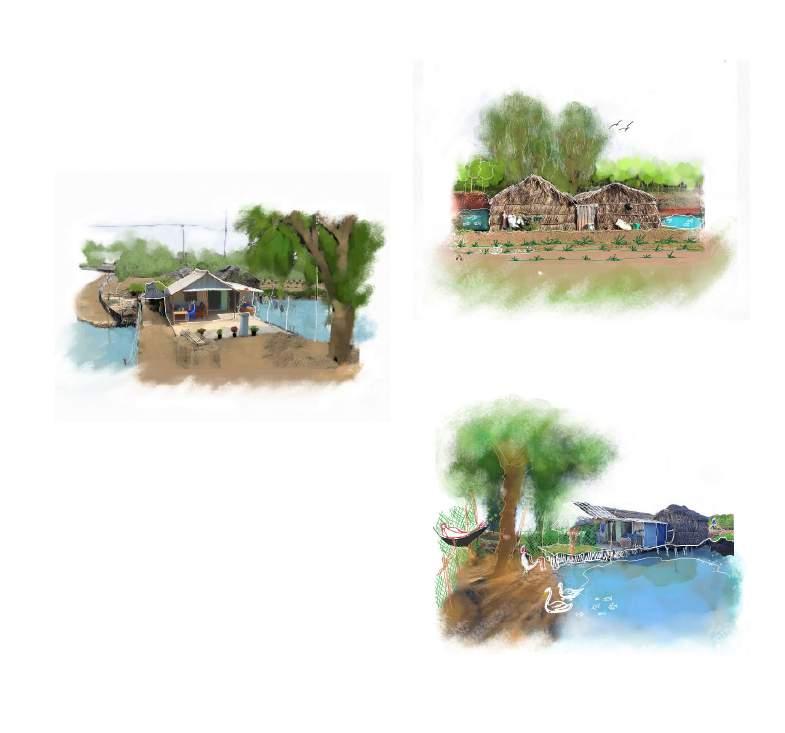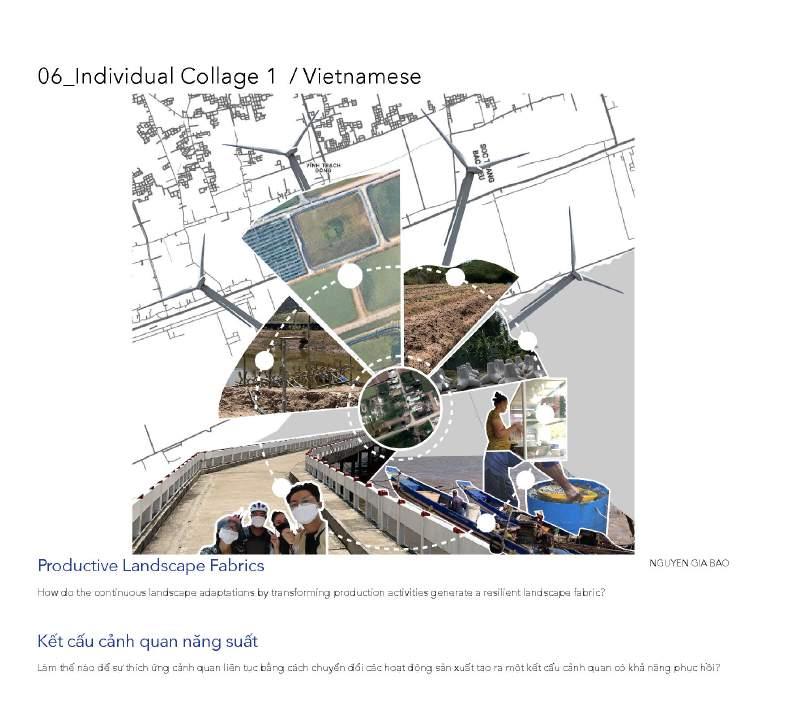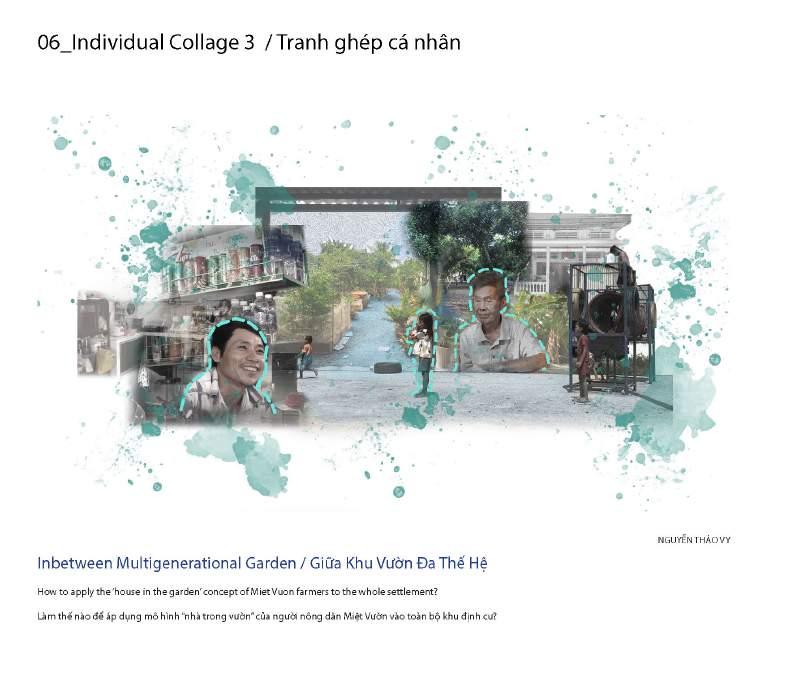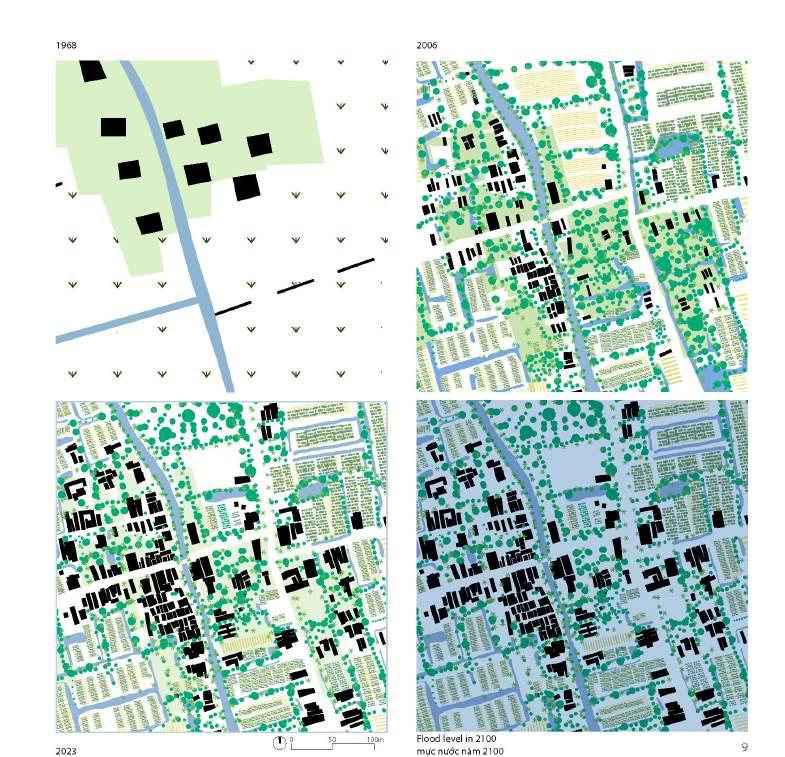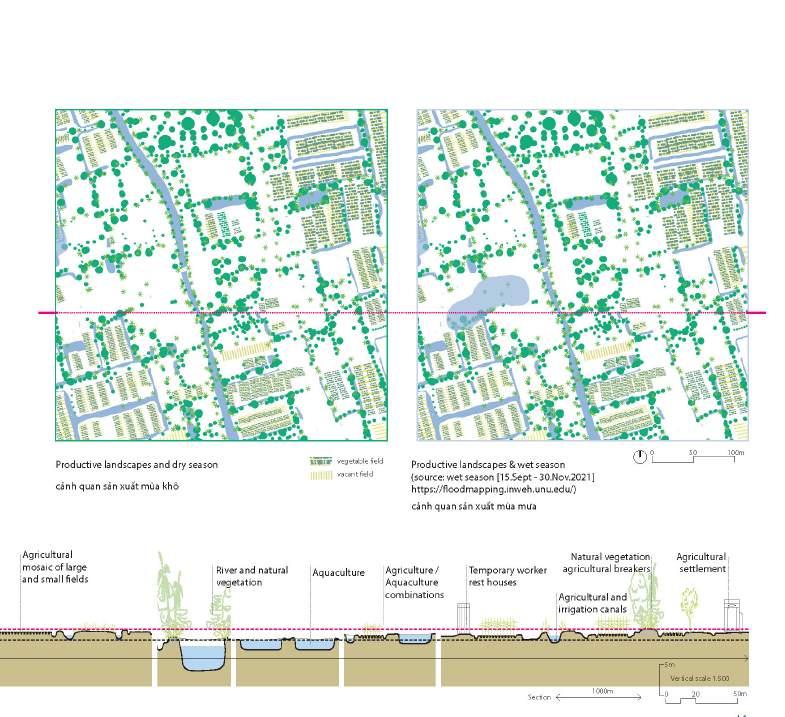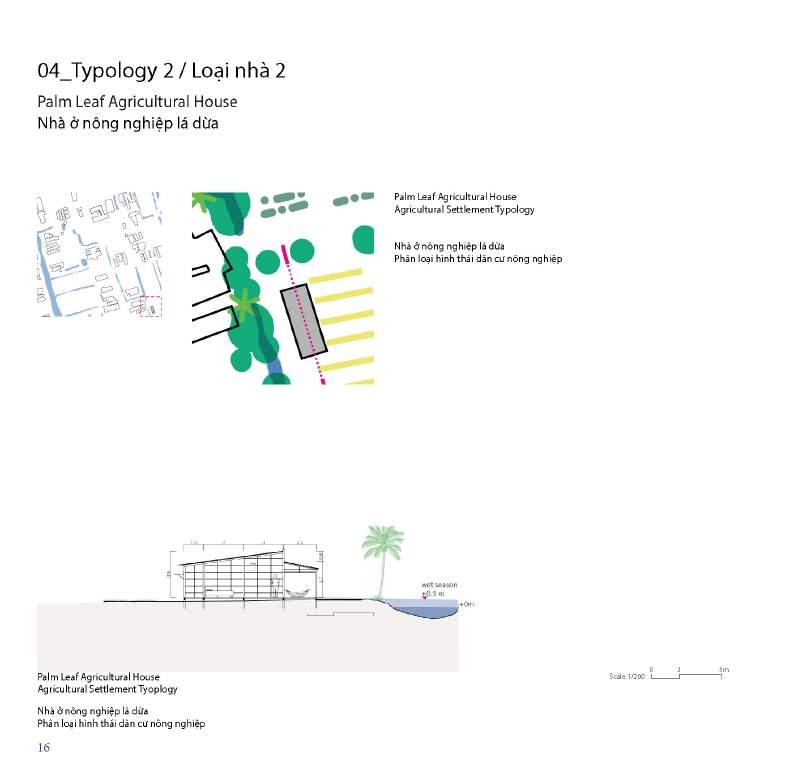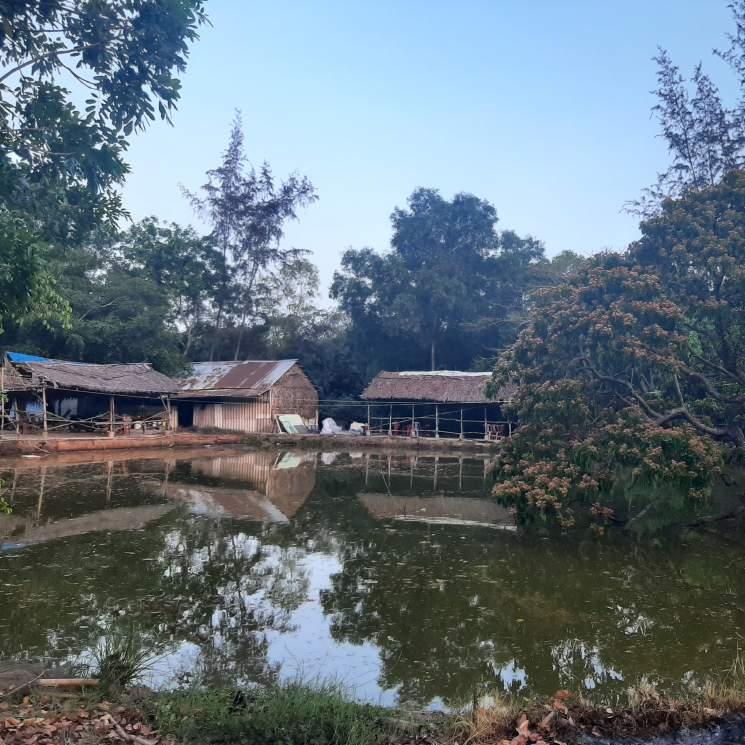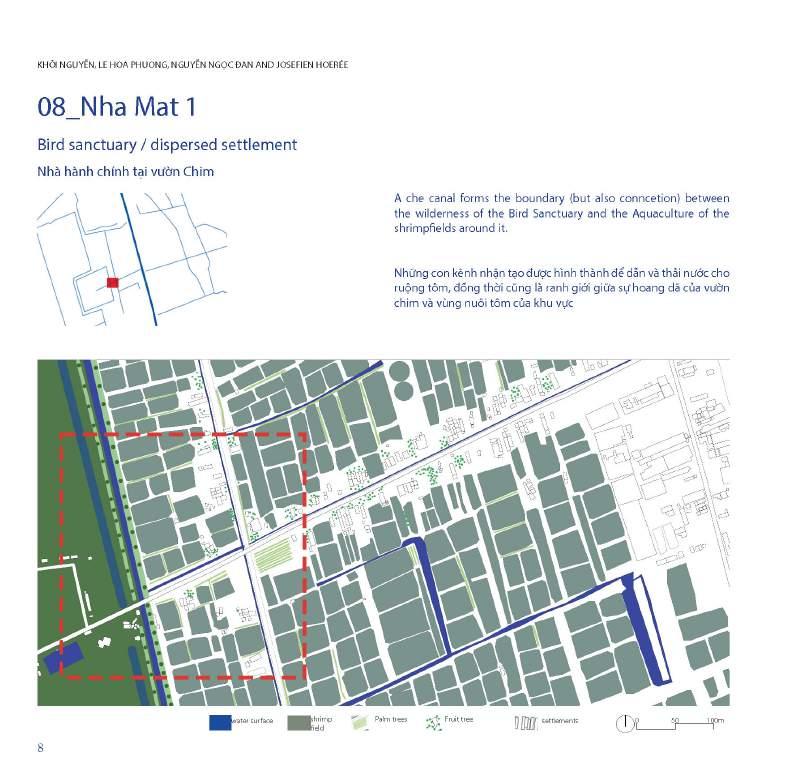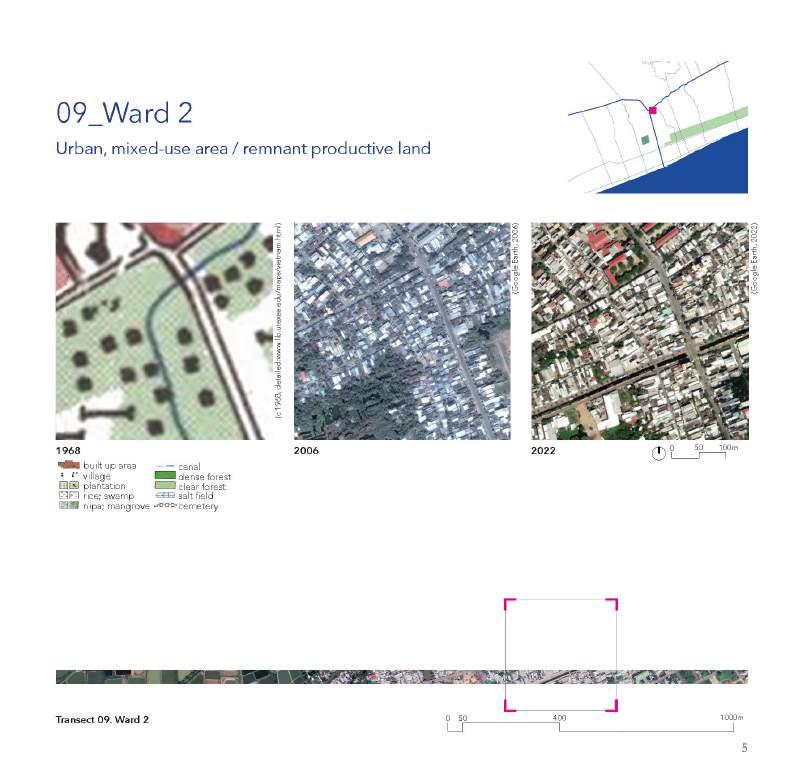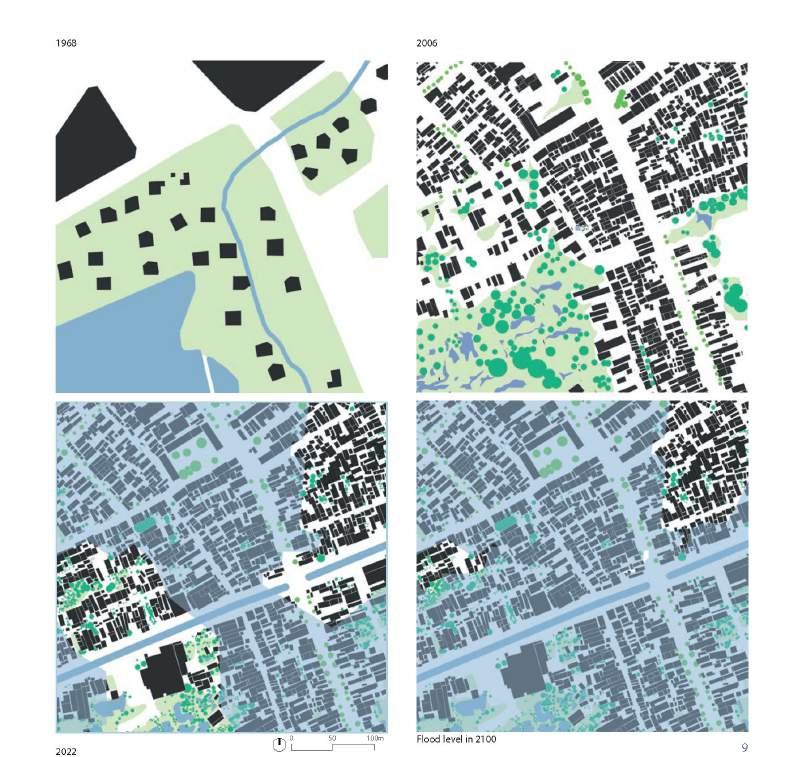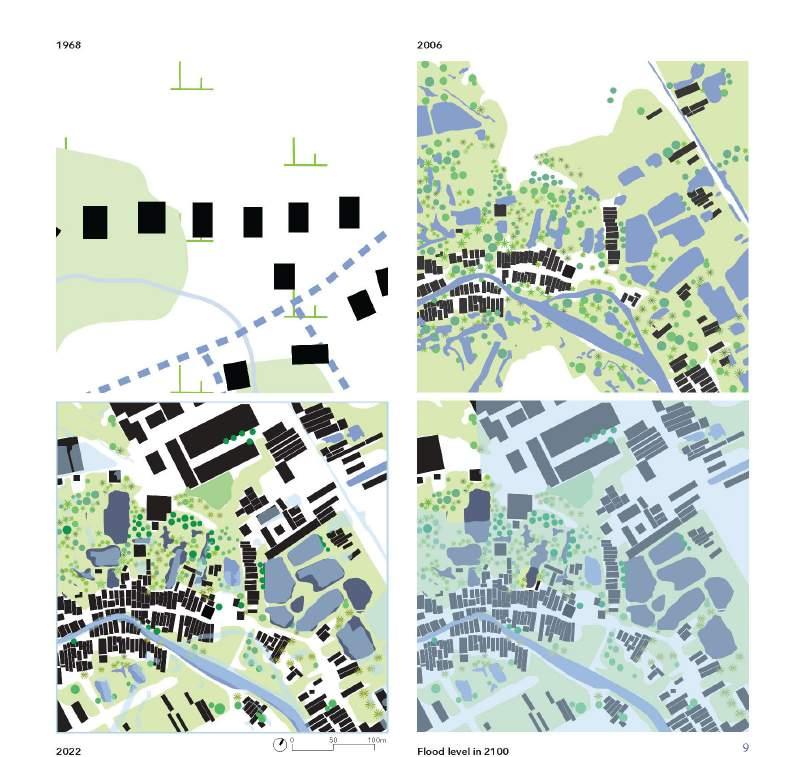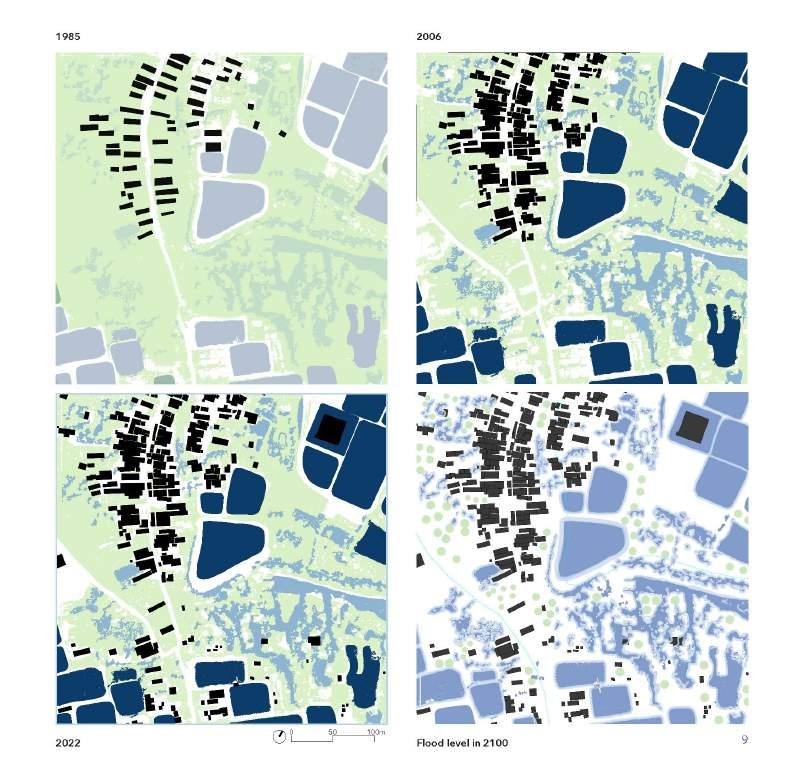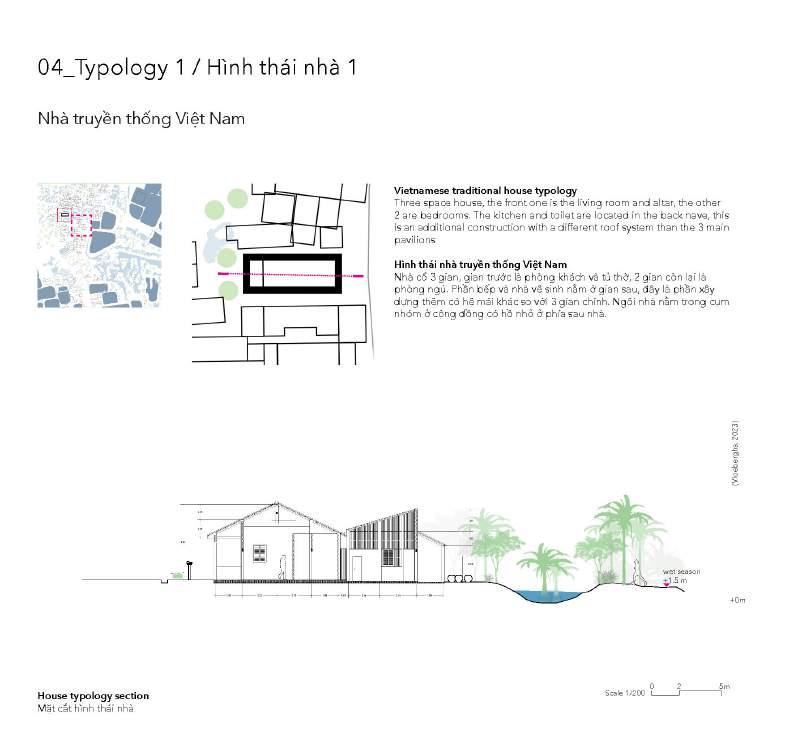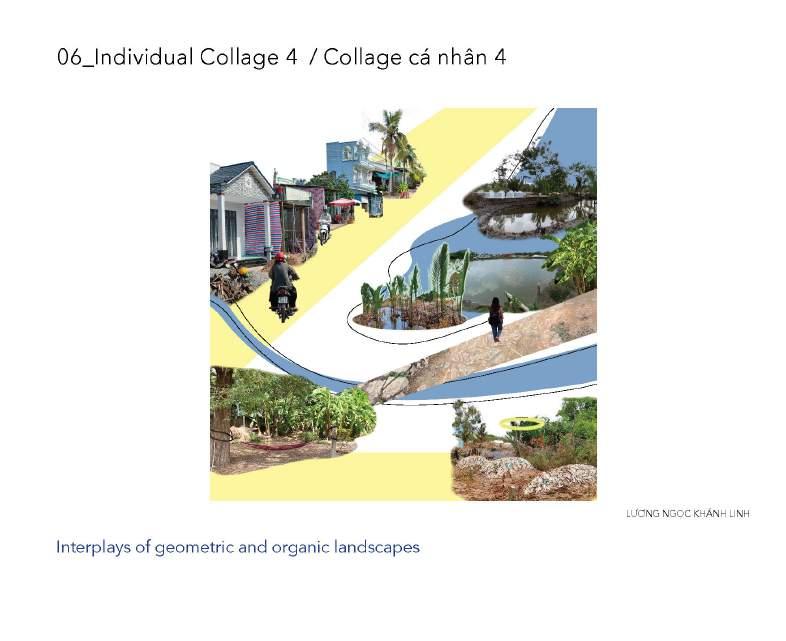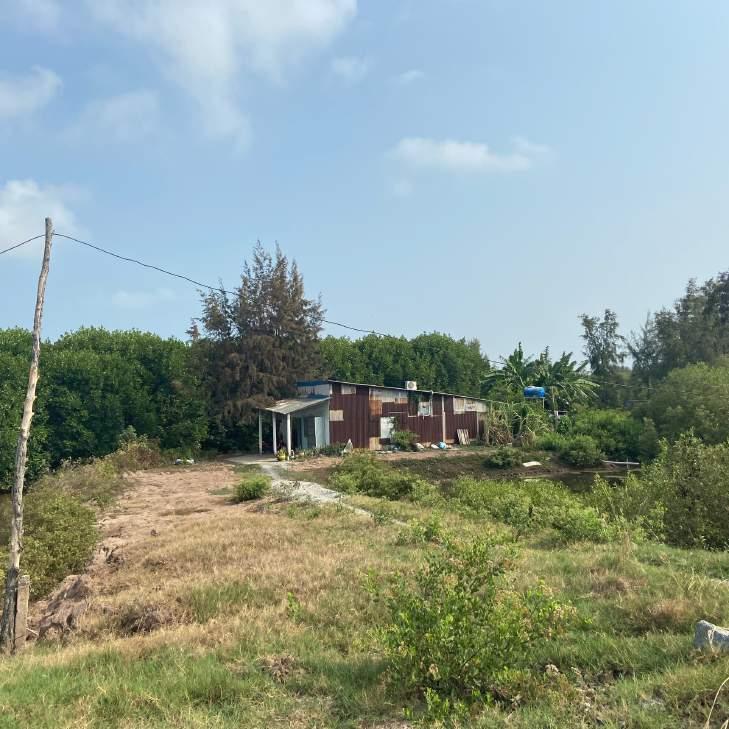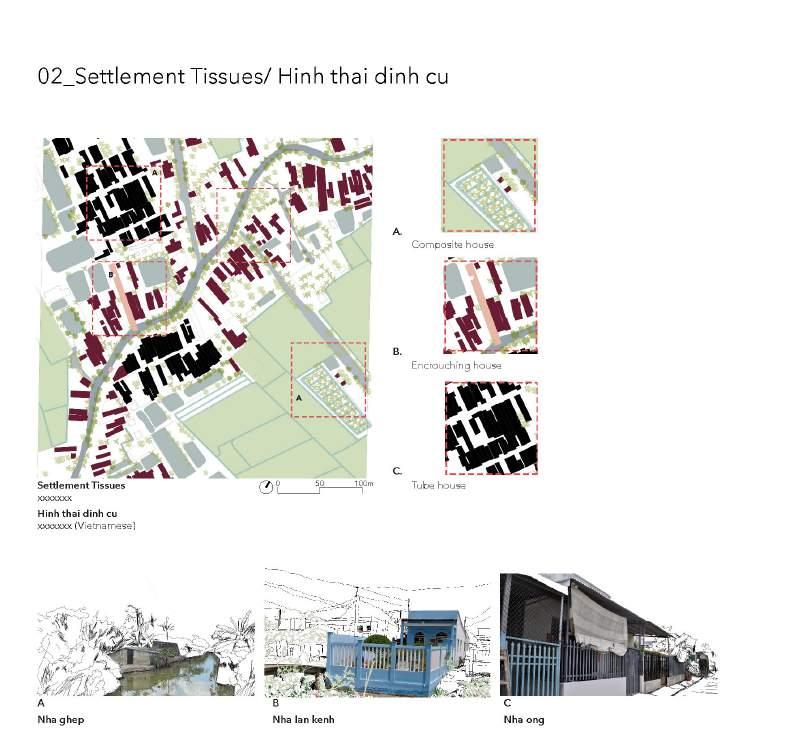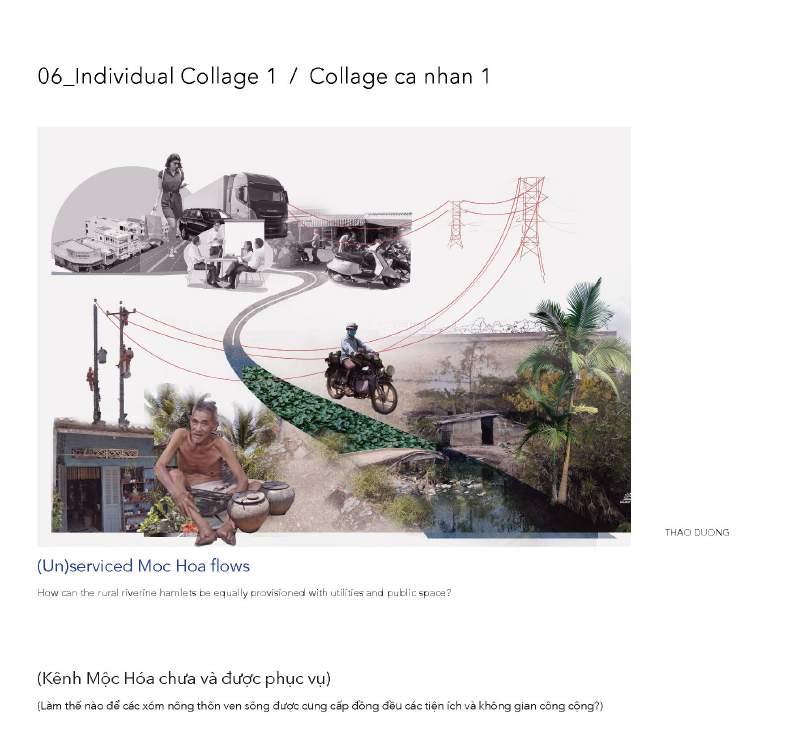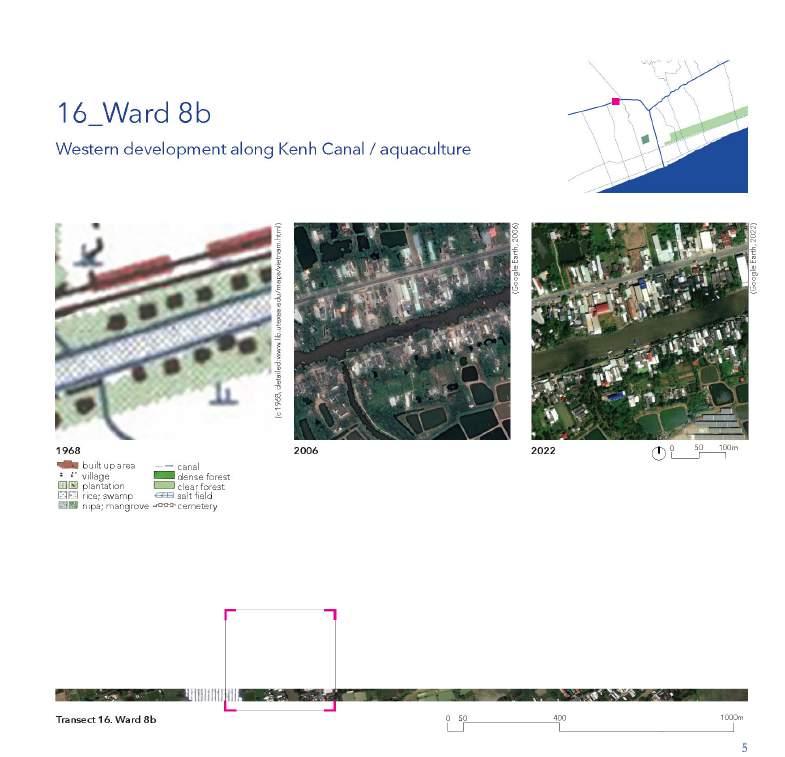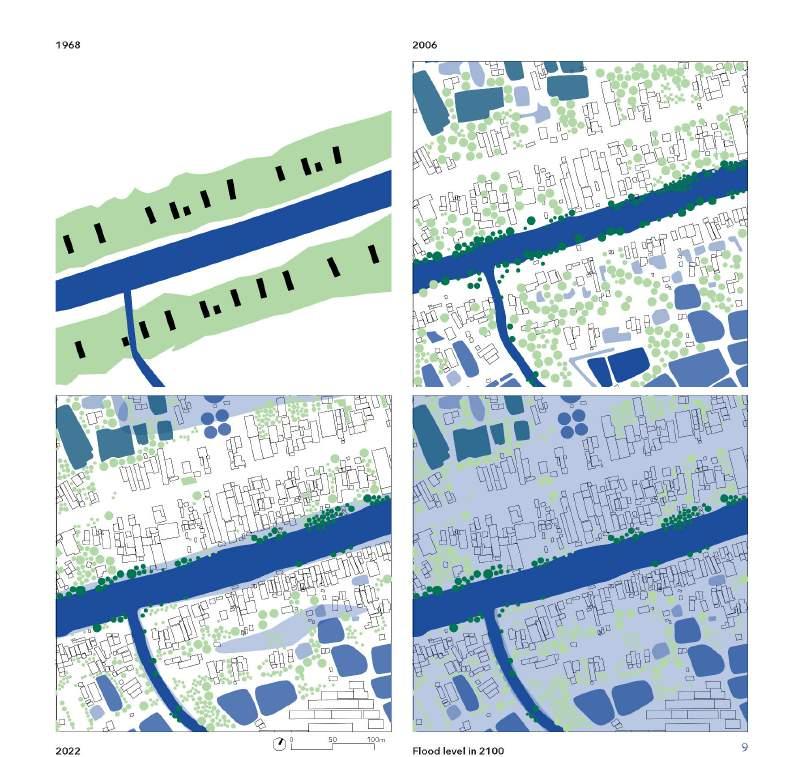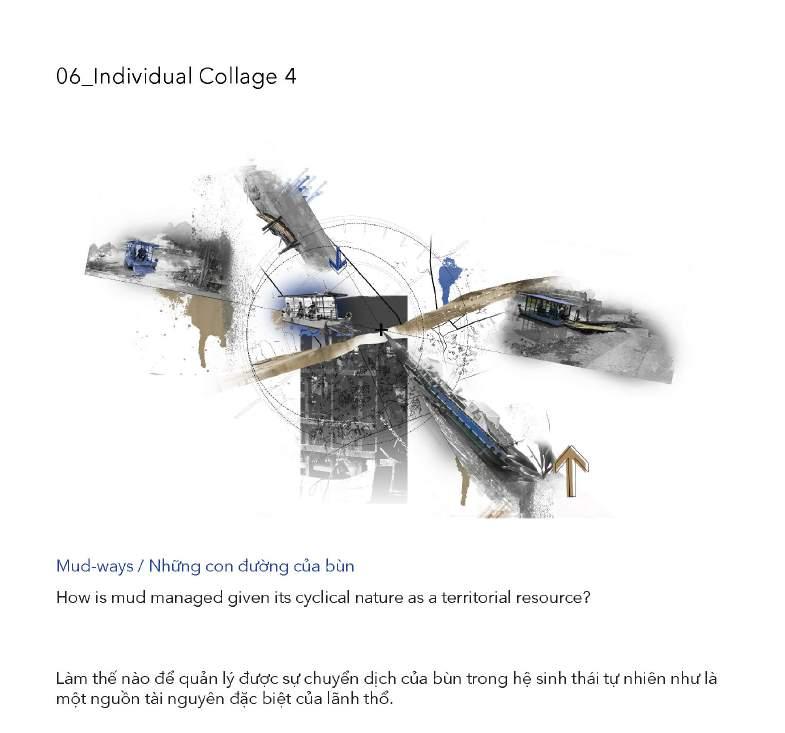SPRING STUDIO 2023




Master (of Science) Human Settlements & Master (of Science) Urbanism, Landscape and Planning Faculty of Engineering and Department of Architecture


Promoters:
Bruno De Meulder (KUL), Guido Geenen (KUL), Kelly Shannon (KUL)
Guest Teachers from Practice:
Annelies De Nijs (Atelier Horizon)
Academic Year 2022 - 2023
Without written permission of the thesis supervisors and the authors it is forbidden to reproduce or adapt in any form or by any means any part of this publication. Requests for obtaining the right to reproduce or utilize parts of this publication should be addressed to Faculty of Engineering and Department of Architecture, Kasteelpark Arenberg 1 box 2431, B-3001 Heverlee.
A written permission of the thesis supervisors is also required to use the methods, products, schematics and programs described in this work for industrial or commercial use, and for submitting this publication in scientific contests.
04.A Settling Water & Mangrove Infrastructures [West Desakota]
May Pham, Karla Solari, Daniel Negash
04.B Freshwater Necklace [Freshwater City]
Kayaletu Owalela, Man Toan Nguyen, Nicolas Van Grimberge
04.C Salt Water City North [City Balcony]
Piseth Sophy, Radhika Rishi
04.D Accentuating Differences [Salt Water City Center]
Harshika Verma, Dinshi Anantrai Cangy, Paola Salvatierra
04.E Saltwater City South
Samantha Aserman, Alexia Chalouli, Josefien Hoeree
04.F East Desakota
Lieselotte Kesteloot, Theresa Martens, Eva Clara Atcheson
04.G Saltwater City North
Orchard Rooms
Tanguturi Sri Keshava
Urban Tapestry
Tanvi Belhaker
Blue-Green Matrix
Saran Maiprasert
The Linear Crossing of Life
Junyao Su


Bac Lieu (population 1,062,959 in 2021) is a coastal province located in the southeast of the Mekong Delta. Its topography is very flat. The terrain slightly slopes from northeast to southwest, from the sea to the mainland. Bac Lieu has 56km of coastline which is characterized by a dynamic process of accretion and erosion. Originally the whole region was a quagmire. Different waves of development went hand in hand with systematic logging and draining of the land. Today, the coast is protected by a narrow belt of mangroves, which was much wider before strong agriculture and aquaculture policies ensued. The Bac Lieu Bird Sanctuary Nature Reserve is a remnant of an elevated mangrove forest, which is waterlogged during the rainy season. The site of 127 hectares is the largest of all the bird colonies in the Mekong Delta (Bird Life International 2004). There are also two stork gardens in Phuoc Long and Vinh Phu Tay and a bird garden in Dong Hai district (Invest in Vietnam 2015).
Most of the province is affected by saline intrusion. Once, Bac Lieu took advantage of this since it was the largest salt producer in the Mekong Delta. In the 1990s, the government-built dikes and sluice gates to control saline intrusion and expand paddy production. Between 1994 and 2000, the area under rice cultivation dramatically expanded. At the same time, market forces prompted farmers to invest in aquaculture (primarily shrimp farming) which creates numerous conflicts of interest. Sluice gates also create three distinguishable ecologies in the province: (1) rice/ fruit and vegetable production in the eastern districts, (2) a mixed rice and rice/ shrimp/aquaculture environment in the central districts and, (3) a western area of saline/acid soils for a wide variety of sea-based products. Since 2000, aquaculture expanded aggressively in the central districts. Today, aquaculture and fisheries are
the main industries of the province (it generates a much higher revenue than the very labor-intensive cultivation rice or fruit). This drastic shift causes a profound socio-economic and ecological restructuring. The province also now has the distinction as being amongst Vietnam’s leading areas with regards to the transition to clean energy (particularly with regards to wind turbines, but also solar).
Interestingly Bac Lieu has a variety of ethnicities, including 90 % Kinh (the dominant group in Vietnam), 7.6 % Khmer Krom and 2.4 % Hoa Kieu (ethnic Chinese), and many religions including Buddhism, Catholicism, Caodaism, Protestantism, and Islam. There is as well an array of material and cultural practices evident in the great variety of the territory’s urban tissues and housing typologies. As in much of the Mekong Delta, there are significant challenges with regards to the consequences of global warming—sea level rise, saline intrusion, increasing heat island effect, more frequent and severe flooding (and drought), increased temperatures. At the same time, as throughout Vietnam, housing typologies need updating not only to adapt to the transforming environment but also to socio-cultural changes (including need for diversification of offers for different individual / family structures, low-cost housing, etc.).

1. A 11-day FIELDWORKSHOP that focused on uncovering the existing logics of the territory and its diverse settlement and productive landscape fabrics.
Each of the 20 fieldwork groups investigated a transect of 2.5 kilometers and a settlement tissue of 400 x 400 meters.
Tissue 1: Vinh Hau 1
Tissue 2: Nha Mat 3
Tissue 3: Vinh Trach Dong 3
Tissue 4: Vinh Trach Dong 2
Tissue 5: Vinh Trach Dong 1
Tissue 6: Hiep Thanh
Tissue 7: Nha Mat 2
Tissue 8: Nha Mat 1
Tissue 9: Ward 2
Tissue 10: Ward 5a
Tissue 11: Ward 5b
Tissue 12: Ward 7
Tissue 13: Ward 8a
Tissue 14: Cai Gia
Tissue 15: Chau Hung
Tissue 16: Ward 8b
Tissue 17: Vinh Hau 3
Tissue 18: Vinh Hau 2
Tissue 19: Vinh An
Tissue 20: Thao Lang
2. An intensive 4-week LANDSCAPE URBANISM + HOUSING STUDIO that developed two scales:
1. Landscape urbanism strategies for Bac Lieu that specifically target adaptation to the consequences of global warming.
2. The design of specific urban and landscape morphologies, including the development of new housing fabrics and typologies. There was a specific focus on affordable housing and new typologies for young professionals, young families and the elderly.
There are 9 focus areas that mixed students from KUL and UAH (4 students for each area). Each group of students focused on one area and tackled both scales for their respective areas.
Area 1: East Sea coast
Area 2: 30/4 Canal
Area 3: Bac Lieu center
Area 4: Old Longan garden
Area 5: North of garden area
Area 6: North of Bac Lieu center
Area 7: west of Bac Lieu
Area 8: Bird sanctuary
Area 9: Western aquaculture area
The output will included (per group):
1. Landscape urbanism vision for the area (plan/ sections / 3D images) (format and scales to be common amongst all groups)
2. Development of two new urban tissues, to include the development of two new housing typologies (plan/ sections / 3D model) (format and scales to be common amongst all groups).
3. Critical evaluation of a number of relevant precedents.




Tissue 1: Vinh Hau 1
Tissue 2: Nha Mat 3
Tissue 3: Vinh Trach Dong 3
Tissue 4: Vinh Trach Dong 2
Tissue 5: Vinh Trach Dong 1
Tissue 6: Hiep Thanh
Tissue 7: Nha Mat 2
Tissue 8: Nha Mat 1
Tissue 9: Ward 2
Tissue 10: Ward 5a
Tissue 11: Ward 5b
Tissue 12: Ward 7
Tissue 13: Ward 8a
Tissue 14: Cai Gia
Tissue 15: Chau Hung
Tissue 16: Ward 8b
Tissue 17: Vinh Hau 3

Tissue 18: Vinh Hau 2
Tissue 19: Vinh An
Tissue 20: Thao Lang




